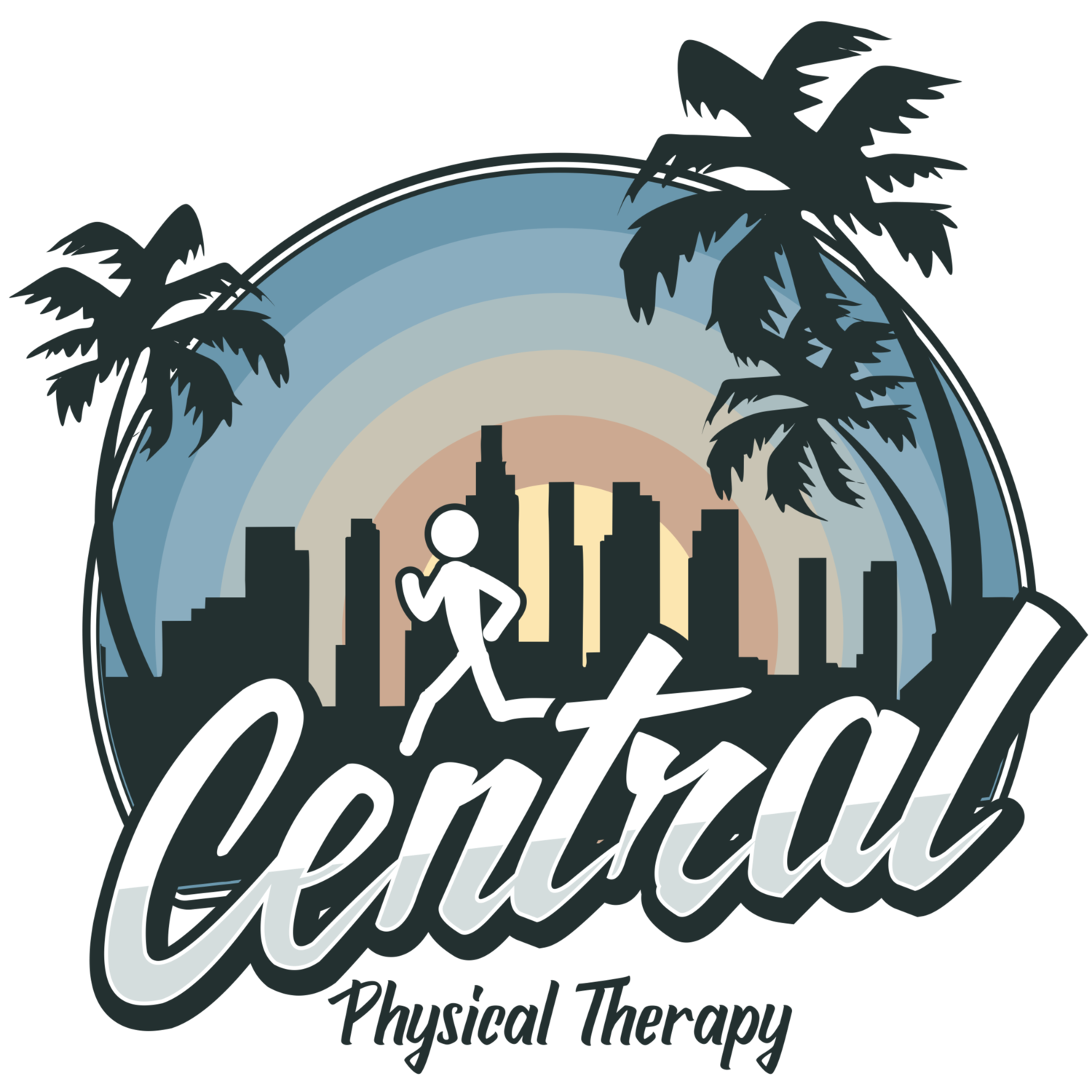Thoracic Mobility and Self Exercises to Improve It [video]
In an age where sitting and flexed postures are becoming the predominant position people are in throughout the day, the thoracic spine is an area that typically becomes stiff. The thoracic spine is between the neck and low back and is the intersection of where many muscles connect and movements happen. This includes the upper-, mid-, and lower-trapezius, levator and splenius muscles, rhomboids, serratus anterior, latissimus dorsi, as well as the paraspinal muscles. Stiffness in this region could affect the optimal function of many everyday movements including reaching overhead, bending forward/backward, rotating the trunk, and side bending. It could also have an effect on high-level activities and sports (ie. tennis, golf, rowing, throwing sports).
There are basic ways to try to improve mobility. The most common is getting manual mobilization or manipulation by a healthcare practitioner. Another way is through self-mobilization using a foam roller. This could be used for both a generalized mobilization by rolling back and forth, but also a localized mobilization by extending backwards at specific segments. Foam rolling also massages the muscles next to the spine, between the shoulder blades, as well as the neck muscles that attach in the thoracic area.
Step-by-step video below:
Using the foam roll is typically safe for most people. However, there are certain conditions to be careful of. The main contraindications to thoracic foam rolling are:
Osteoporosis (or low bone density)
Fractures
Hypermobility in joints
Open wounds
Inflammation on or near the spine (ie. ankylosing spondylitis).
Foam rolling is not advised for the neck or low back region. If you look at the image of the thoracic spine above, the ribs surround the area giving it proper support from the forces placed on it while rolling — the neck and low back doesn’t have this. Pain is obviously something to be aware of. If pain gets worse and worse in the thoracic region during this exercise or afterwards, or, if it’s painful in the low back to lift off the surface, then this this exercise should not be repeated.
Other basic thoracic mobility exercises include: Open book exercise (two variations) which is shown below, and Cat/Cow .
Thoracic/Pec Mobility (Open Book 1st variation) - start position
Thoracic/Pec Mobility (Open Book 1st variation) - end position
(1) Lie on side with hips and knees bent to 90 degrees. Start with top hand on top knee and bring top arm diagonally up 45 degrees from the top knee until you feel a stretch in pec region.The head should face upwards toward ceiling as you stretch. Pelvis should stay stable and not move back with arm. Hold for 5 seconds and then repeat 10 times. Hold last one for 30 seconds.
Thoracic/Pec Mobility (Open Book 2nd variation) - start position
Thoracic/Pec Mobility (Open Book 2nd variation) - end position
(2) Lie on side with elbows flexed to 90 deg. Knees and hips are flexed to 90 deg. Open up top arm and trunk (like Opening a book) and try to touch the back of your top-side shoulder and forearm onto the floor. Hold for 5 seconds. Return to starting position and repeat 10 times. On the last repetition, hold for 30 sec. The stretch should be felt on the front of your chest in pec region.
**This does not constitute as medical advice or a diagnosis and should not replace a qualified healthcare provider’s judgment. If you have pain, see a licensed physical therapist near you.
Questions or comments? Contact us below.





